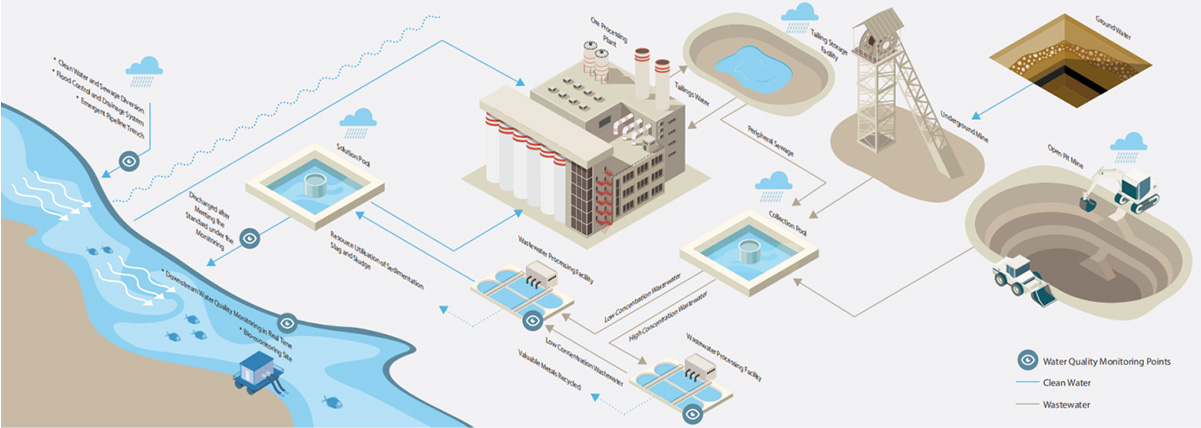
- Progress in 2024
- Progress in the past
-
 72.52Total water withdrawal was 72.52 million tonnes
72.52Total water withdrawal was 72.52 million tonnes 93.46%Water reuse rate reached 93.46%
93.46%Water reuse rate reached 93.46% 19.32%Water intensity per unit of revenue was 239 tonnes/million RMB, a drop of 19.32%from 2020.
19.32%Water intensity per unit of revenue was 239 tonnes/million RMB, a drop of 19.32%from 2020. -
处于水风险偏高地区的取水量 取水量 单位 2022 2021 2020 1 2 3 4 5 1 2 3 4 5








